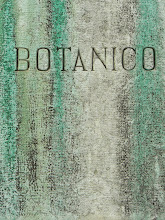Why Topping Hurts Trees
Topping is perhaps the most harmful tree pruning practice known. Yet, despite more than 25 years of literature and seminars explaining its harmful effects, topping remains a common practice. This brochure explains why topping is not an acceptable pruning technique and offers better alternatives.
What is Topping?
Topping is the indiscriminate cutting of tree branches to stubs or lateral branches that are not large enough to assume the terminal role. Other names for topping include “heading,” “tipping,” “hat-racking,” and “rounding over.”
The most common reason given for topping is to reduce the size of a tree. Home owners often feel that their trees have become too large for their property. People fear that tall trees may pose a hazard. Topping, however, is not a viable method of height reduction and certainly does not reduce the hazard. In fact, topping will make a tree more hazardous in the long term. This brochure is one in a series published by the International Society of Arboriculture as part of its Consumer Information Program.
Developed by the International Society of Arboriculture (ISA), a non-profit organization supporting tree care research around the world and is dedicated to the care and preservation of shade and ornamental trees. For further information, contact:
ISA, P.O. Box 3129, Champaign, IL 61826-3129, USA
E-mail inquires: isa@isa-arbor.com
FOTO: plátano decepado no logradouro da entrada lateral da Igreja de S. Domingos (MN) em Lisboa




Sem comentários:
Enviar um comentário